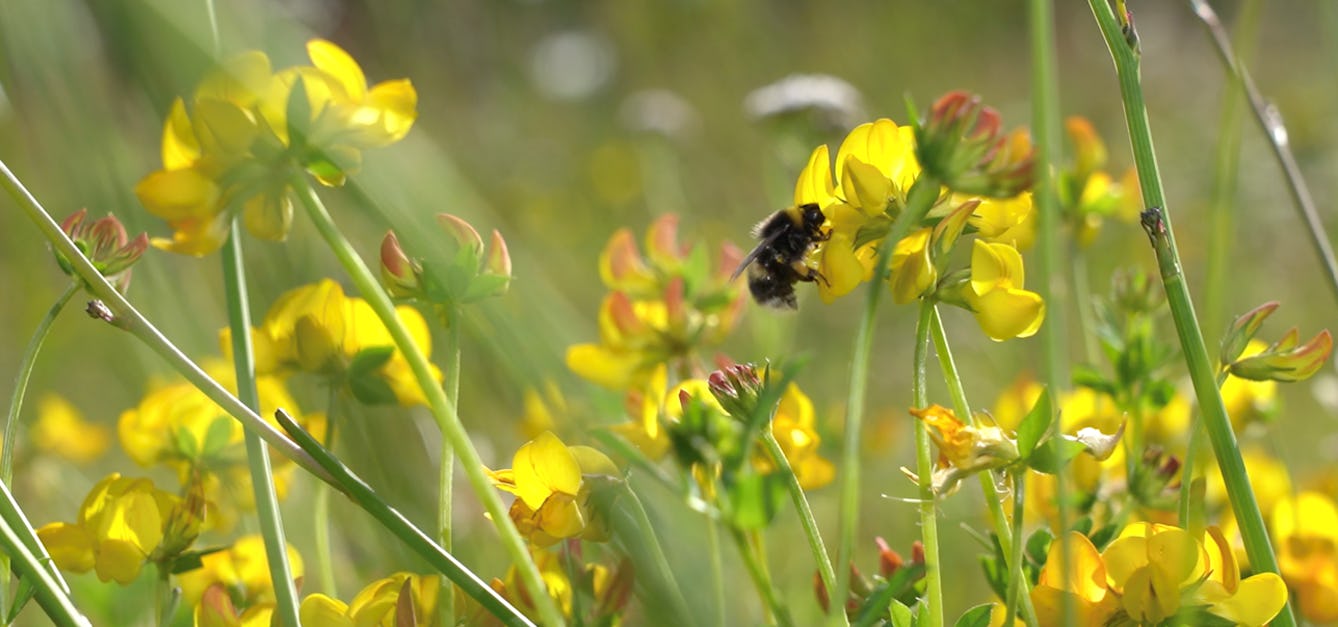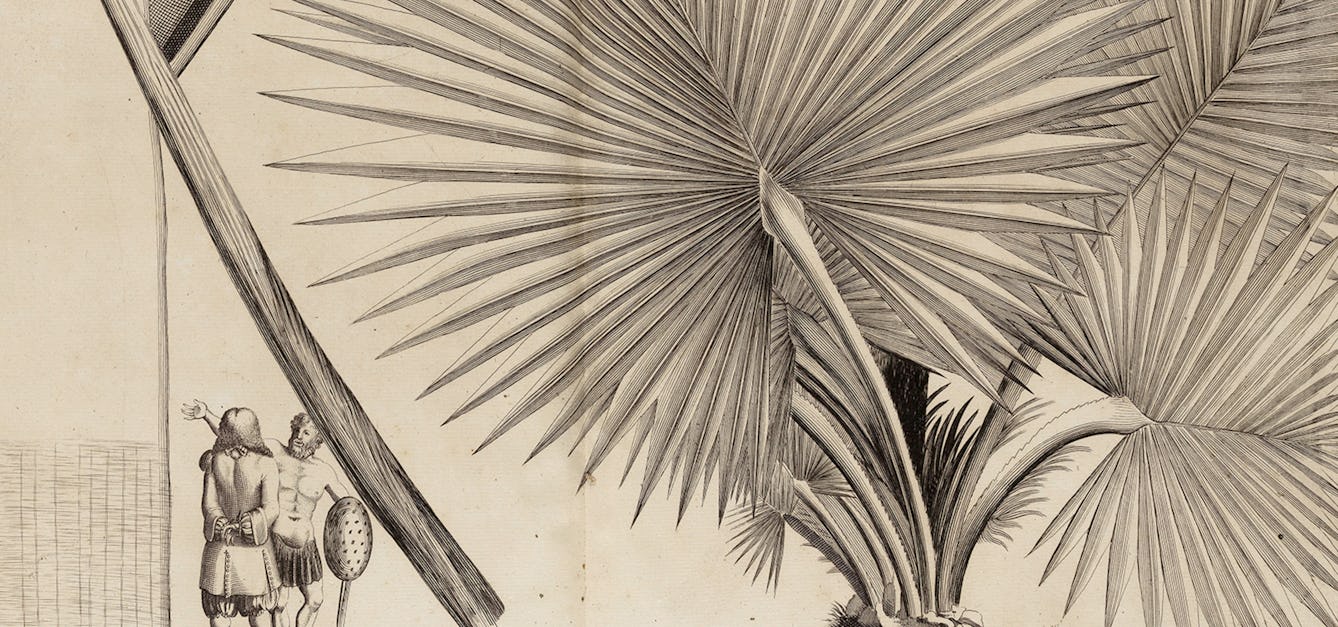Stories

- Article
Illuminated manuscripts, illuminating medicines
From rare bugs to exorbitantly priced plant parts, find out more about the artistic and medical uses of pigments from the past.

- Article
Theriac: An ancient brand?
The name theriac survived for around for two millennia as a pharmaceutical term. But a ‘brand’ name is not always a guarantee of quality.

- Book extract
What the wind can bring
In this extract from ‘This Book is a Plant’, Amanda Thomson shares a newfound fascination with flowers, and reveals why our relationship with plants can also be complicated.

- Article
Indian botanicals and heritage wars
Colonial botanical texts, as astonishingly beautiful as they are, may cast very dark shadows.
Catalogue
- Books
Coming full circle : spirituality and wellness among native communities in the Pacific Northwest / Suzanne Crawford O'Brien.
Crawford O'Brien, Suzanne.Date: [2013]
- Digital Images
- Online
Images related to Kenyan dart-poison

- Digital Images
- Online
Kenyan dart-poison including scoring upas trees etc.

- Digital Images
- Online
Gardenia jasminoides J.Ellis Rubiaceae. Cape jasmine - as erroneously believed to have come from South Africa. Distribution: China. Named for Dr Alexander Garden FRS (1730-1791) Scottish-born physician and naturalist who lived in Charles Town, South Carolina, and corresponded with Linnaeus and many of the botanists of his era. The fruits are used in China both as a source of a yellow dye, and for various unsubstantiated medicinal uses. Other species of Gardenia are found in tropical Africa and the roots and leaves have all manner of putative uses. Gardenia tenuifolia is used as an aphrodisiac, for rickets, diarrhoea, leprosy, gall bladder problems, toothache, liver complaints, diabetes, hypertension, malaria and abdominal complaints. It causes violent vomiting and diarrhoea. It, and other species, are used to poison arrows and to poison fish. Some native, muthi medicine, healers regard Gardenia as a ‘last chance’ medicine, given to patients when all else fails – the patient either dies or recovers (Neuwinger, 1996). Photographed in the Medicinal Garden of the Royal College of Physicians, London.
Dr Henry Oakeley- Books
Smoke signals : the native takeback of North America's tobacco industry / Jim Poling, Sr.
Poling, Jim, Sr.Date: [2012], ©2012





